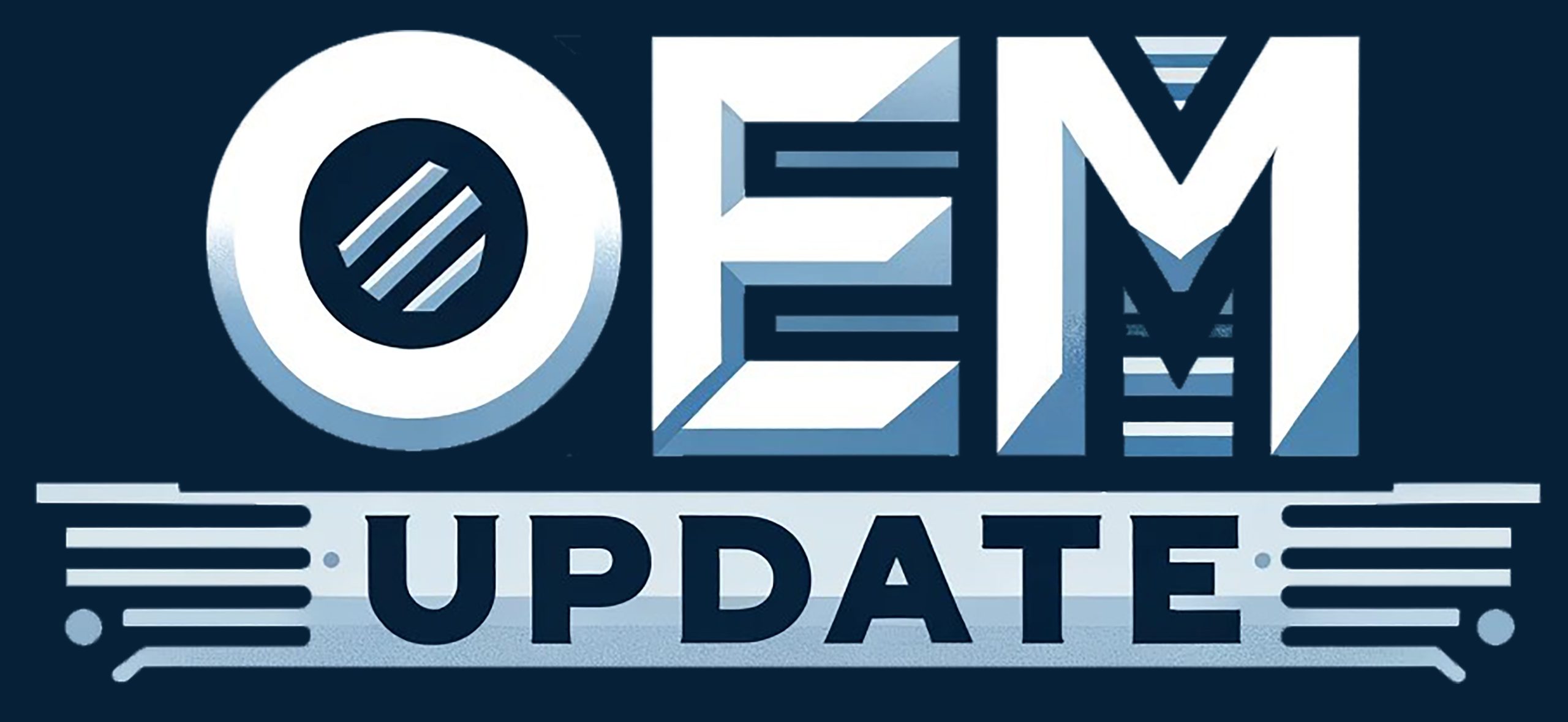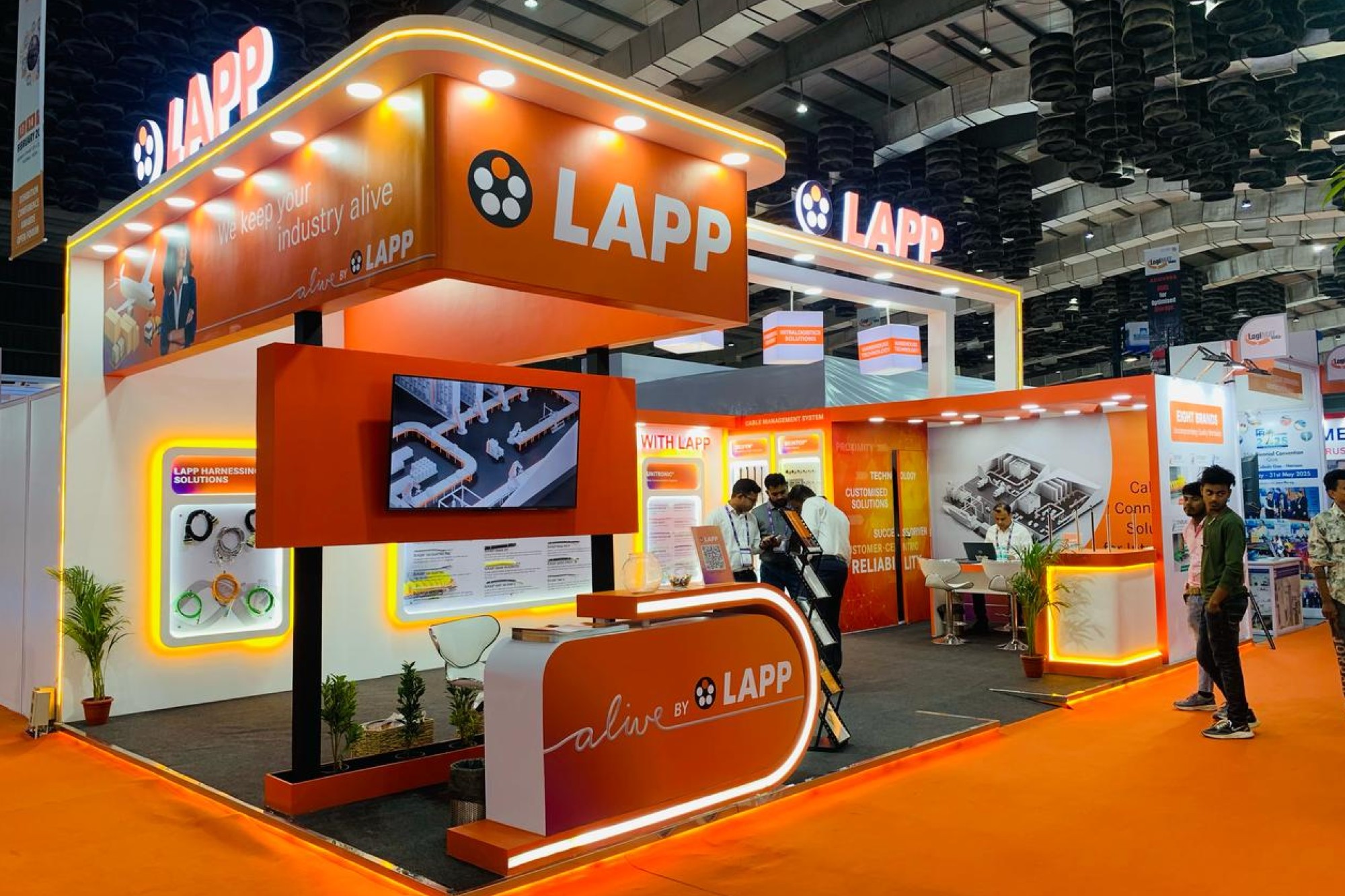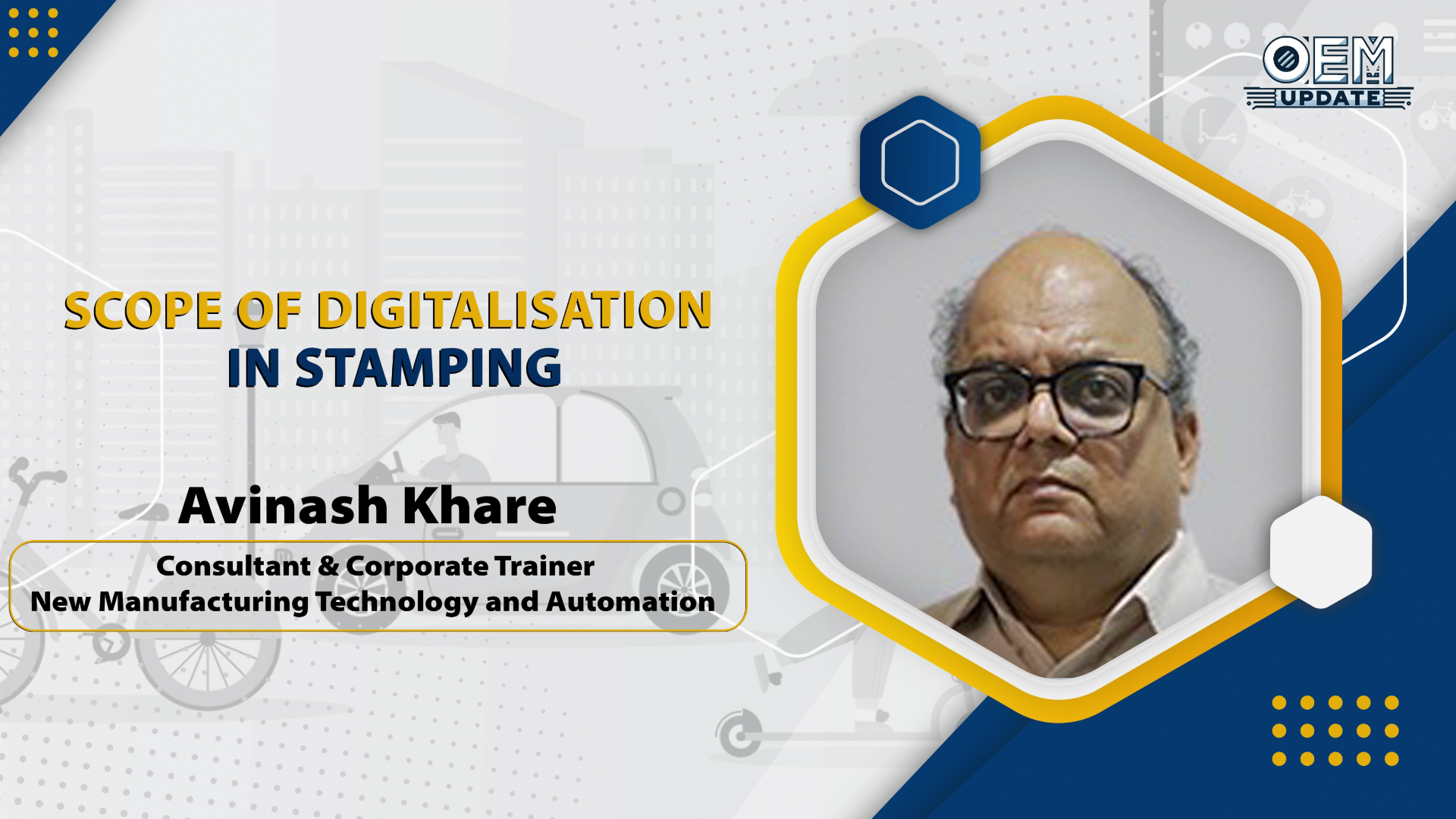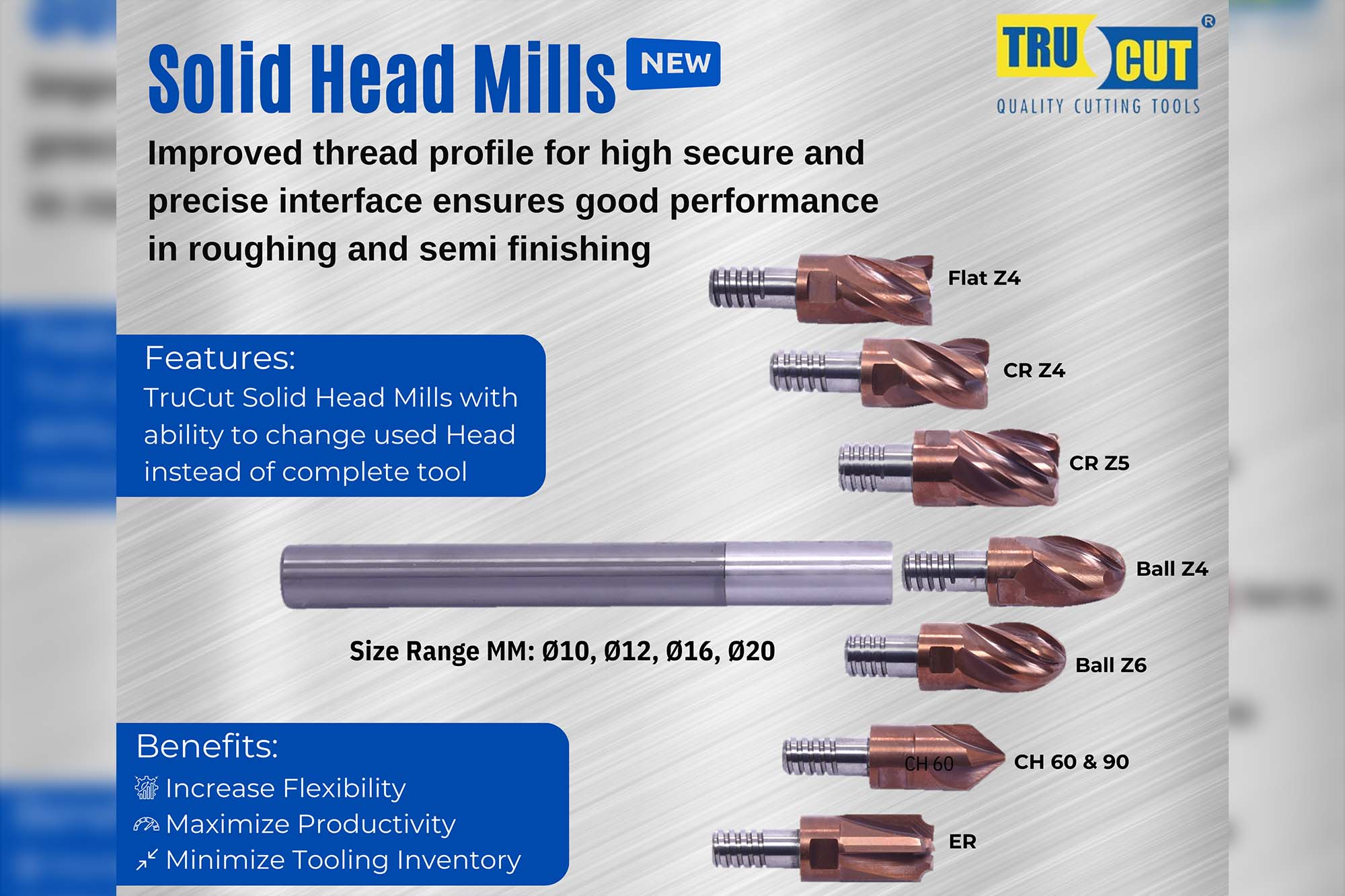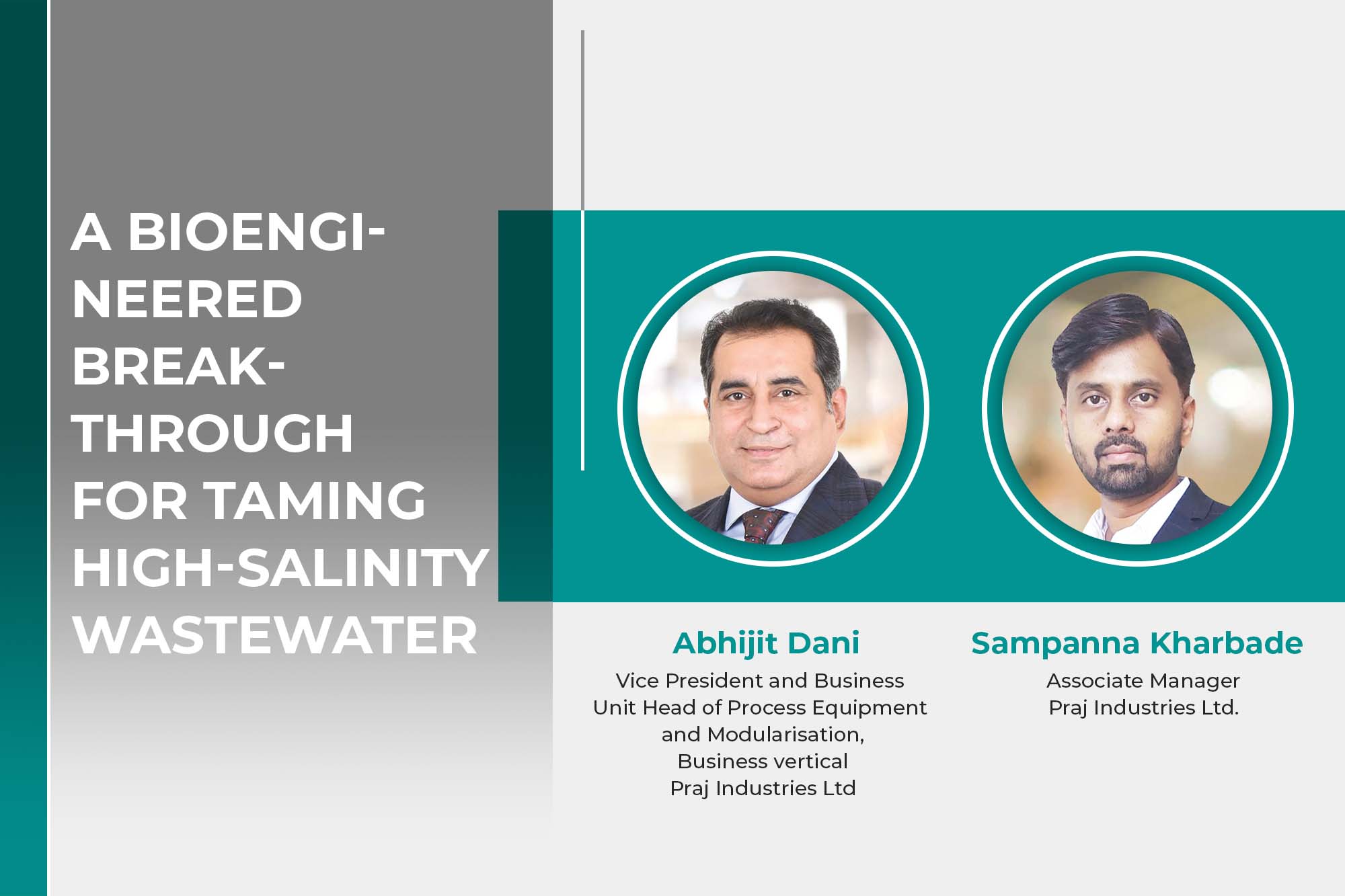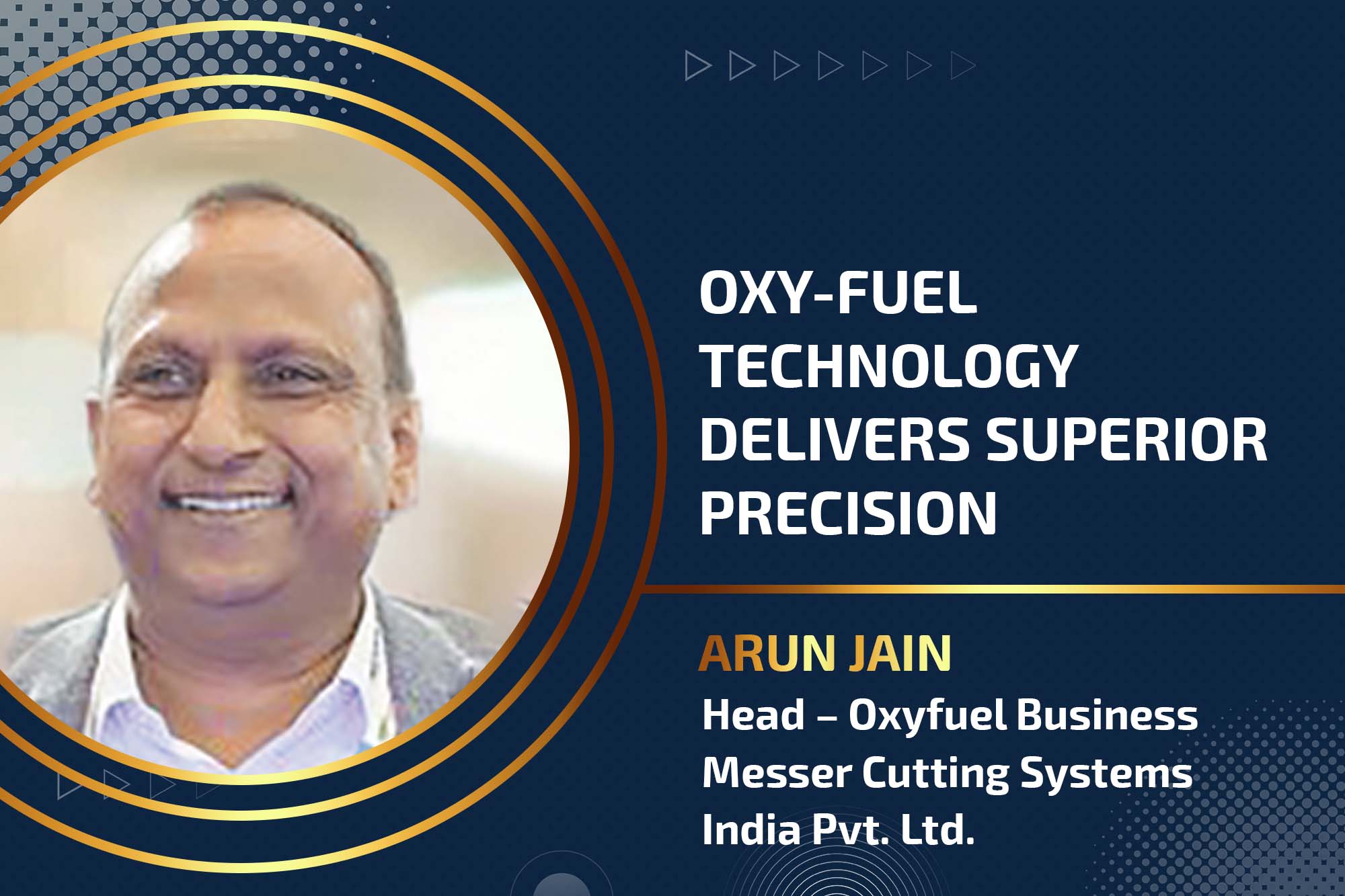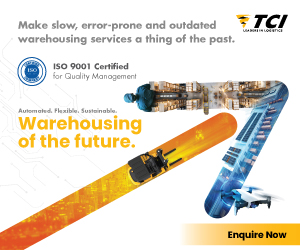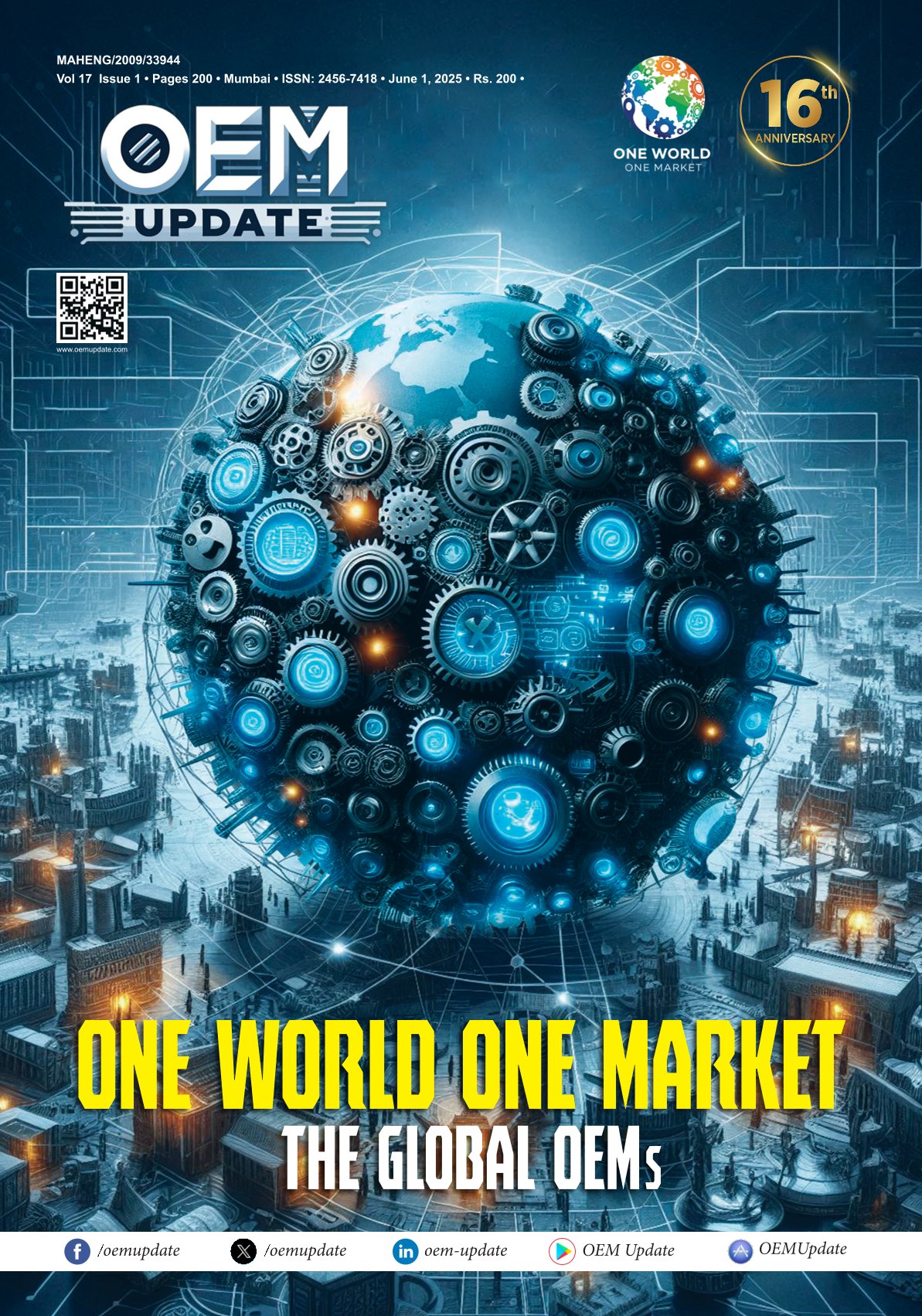Bridging the Gap [Aug 2012]
By admin August 23, 2012 9:51 am IST
Enterprise Resource Planning or ERP bridges the information gap across the organisation. Sukhad Kulkarni of Fujitsu Consulting India highlights the advantages of ERP systems in increasing efficiency of manufacturing plants
Manufacturing sector has always been a vital part of the world economy. As a sectoral analysis shows, the manufacturing sector contributed as large as 49 per cent of the GDP in China, and between 20 – 39 per cent of the GDP in the top-10 economies of the world. It has supported millions of jobs. Manufacturing is considered as a wealth producing sector of the economy; but on the other hand, the manufacturing operations do involve significant environmental and social costs.
Over the years, the sector has evolved more as an ‘ecosystem’. There are conglomerates spread across continents, and there are small and medium enterprises (SMEs) working in the form of ancillary units and catering to their various needs.
In the history of several decades, the manufacturing sector has undergone many ups and downs. It has impacted the other sectors like real estate, banking, and the so-called wealth-consuming sectors like services. The manufacturing sector has been severely challenged on many fronts; chief of them are the global competition, rising costs of energy, land, services, labour, freight, finance etc. On the other hand, the manufacturer must be imaginative and innovative to consistently improve on the product quality, cost, and meeting the timelines. Productivity, efficiency, quality, variability in cost structure, and innovation are the few significant factors that constitute to the magic formula of the sustainable growth of a manufacturer.
The information technology tried answering to the challenges of integrated transaction processing, real time reporting, common database, control over operations, collaboration beyond enterprise etc. Before the evolution of ERP, the manufacturing sectors were running on the MRP (Material Requirement Planning; and later Manufacturing Resource Planning). In 1990, the Gartner Group first employed the acronym ERP; which represented a larger, comprehensive, integrated application beyond manufacturing.
Although the initial versions and deployment methodologies were more suitable and affordable to the larger enterprises, the ERP system vendors have brought the products and services which are best suited to the small and medium size businesses as well. The ERP systems have now been an integral part of a manufacturing organisation’s strategy, budgets and the IT roadmap.
ERP systems have played a key role in the manufacturing sector. It connects with every component of a manufacturing operation and helps achieving the organisation wide strategic objectives such as improvement in efficiency, streamlining operations, reducing the number of independent and disintegrated systems etc. The ERP system eliminates the risks of running with redundancy of multiple systems; and provides a centrally controlled, enterprise wide information repository.
Cookie Consent
We use cookies to personalize your experience. By continuing to visit this website you agree to our Terms & Conditions, Privacy Policy and Cookie Policy.
